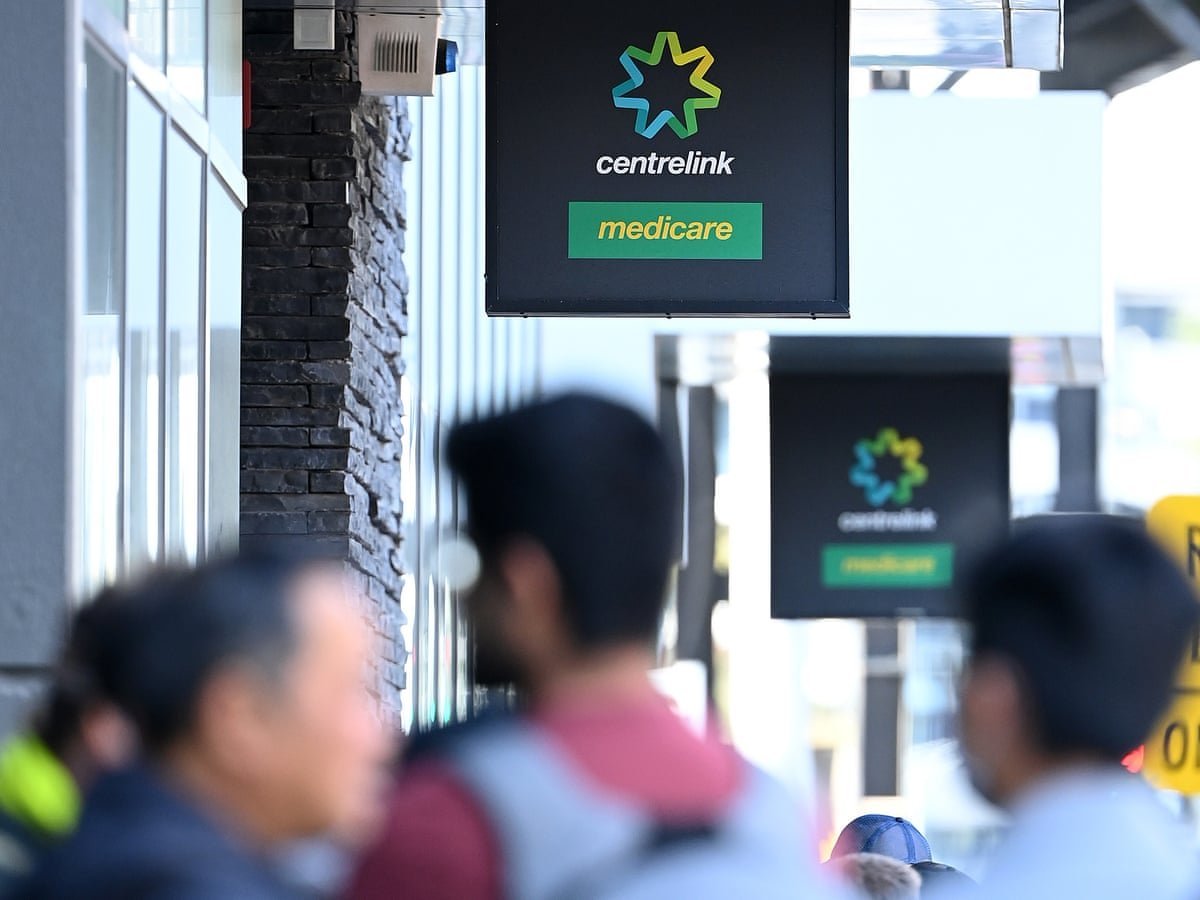Centrelink Payments to Rise for 5 Million Aussies – But Is It Enough to Ease the Cost of Living Crisis?
- Millions of Australians will see a small increase in their welfare payments from this Saturday, but advocates say it’s a drop in the ocean for those struggling to make ends meet.
- The age pension will jump by $29.70 for singles, while jobseeker payments will increase by $12.50 a fortnight – but is it enough to keep up with skyrocketing inflation?
- Anti-poverty advocates are calling for payments to be lifted in line with the Henderson poverty line, saying the small rise in benefits will do little to help those living on the poverty line.
Millions of Australians will see a small increase in their welfare payments from this Saturday, but advocates say it’s a drop in the ocean for those struggling to make ends meet. The payments that will see an increase are the age pension, carer payment, disability support payment, commonwealth rent assistance, jobseeker, Abstudy, and the parenting payment.
The age pension will jump by $29.70 for singles, to $1,178.70 a fortnight. For partnered pensioners, the payment will increase $21.40 to $813.90 each a fortnight. But for singles over 22, jobseeker payments will only increase by $12.50 a fortnight, to a total of $793.60.
**Tanya Plibersek**, the social services minister, said Australia’s welfare system was “ground in fairness”, which is why it is indexed. “Thanks to indexation, millions of Aussies will receive a boost to their payment to help them cover everyday costs like groceries and healthcare,” she said.
However, anti-poverty advocates are calling for payments to be lifted in line with the Henderson poverty line, saying the small rise in benefits will do little to help those living on the poverty line. **Jeremy Poxon**, a welfare advocate, said CPI indexation does little to help “people in poverty”. “Politicians on both sides boast about indexation to pretend they’re doing something to boost people’s income,” Poxon said.

“This is a deeply cynical and insulting exercise, designed to hide the fact that, in reality, government is starving the poor with some of the lowest welfare payments in the OECD.”
The government is also increasing the deeming rate, which is used to calculate how much money pensioners make from their financial assets after they have retired. The lower the deeming rate, the more people can earn from their investments without it affecting their payments.
But with the cost of living crisis showing no signs of easing, many are left wondering if the small increase in welfare payments will be enough to make a real difference.

